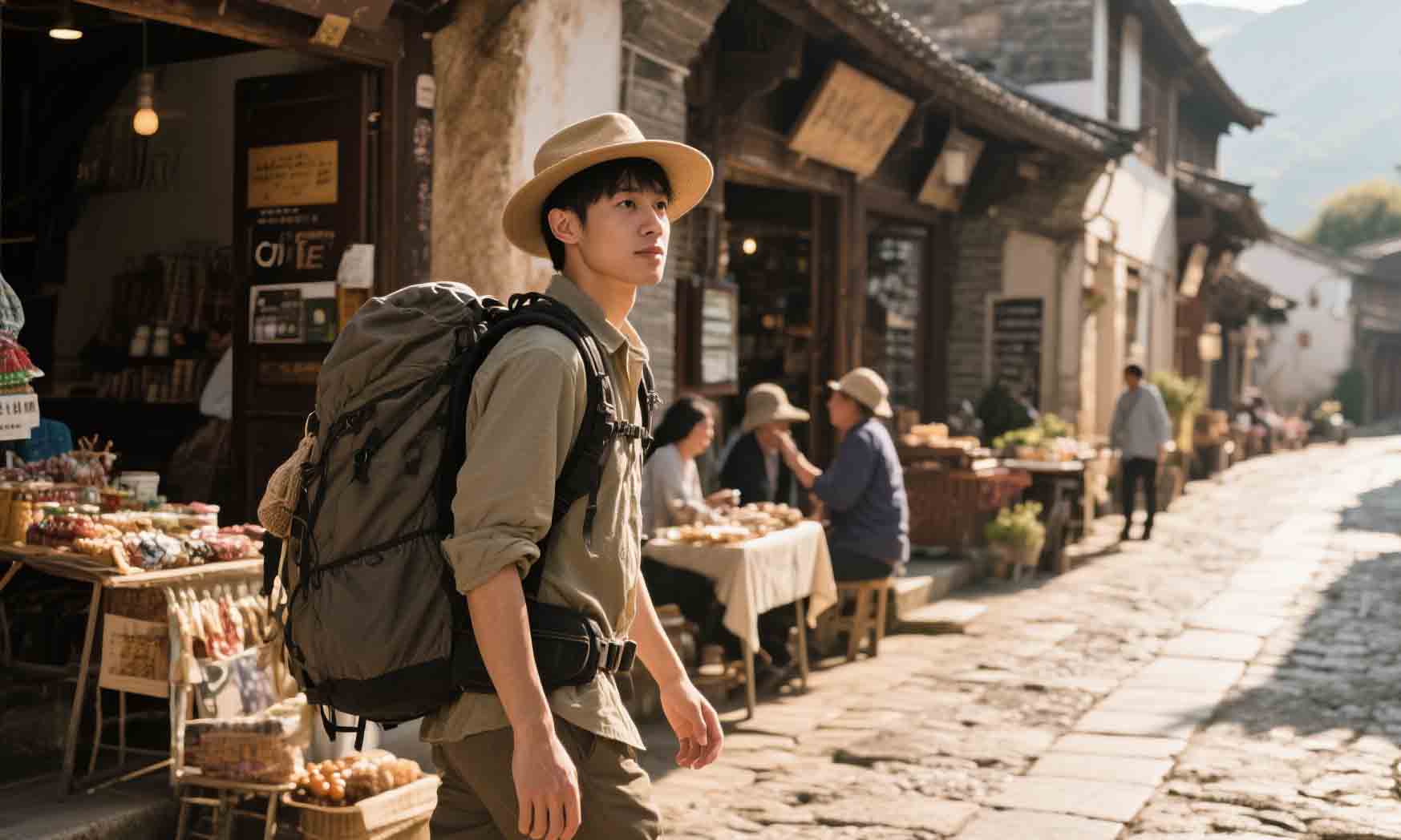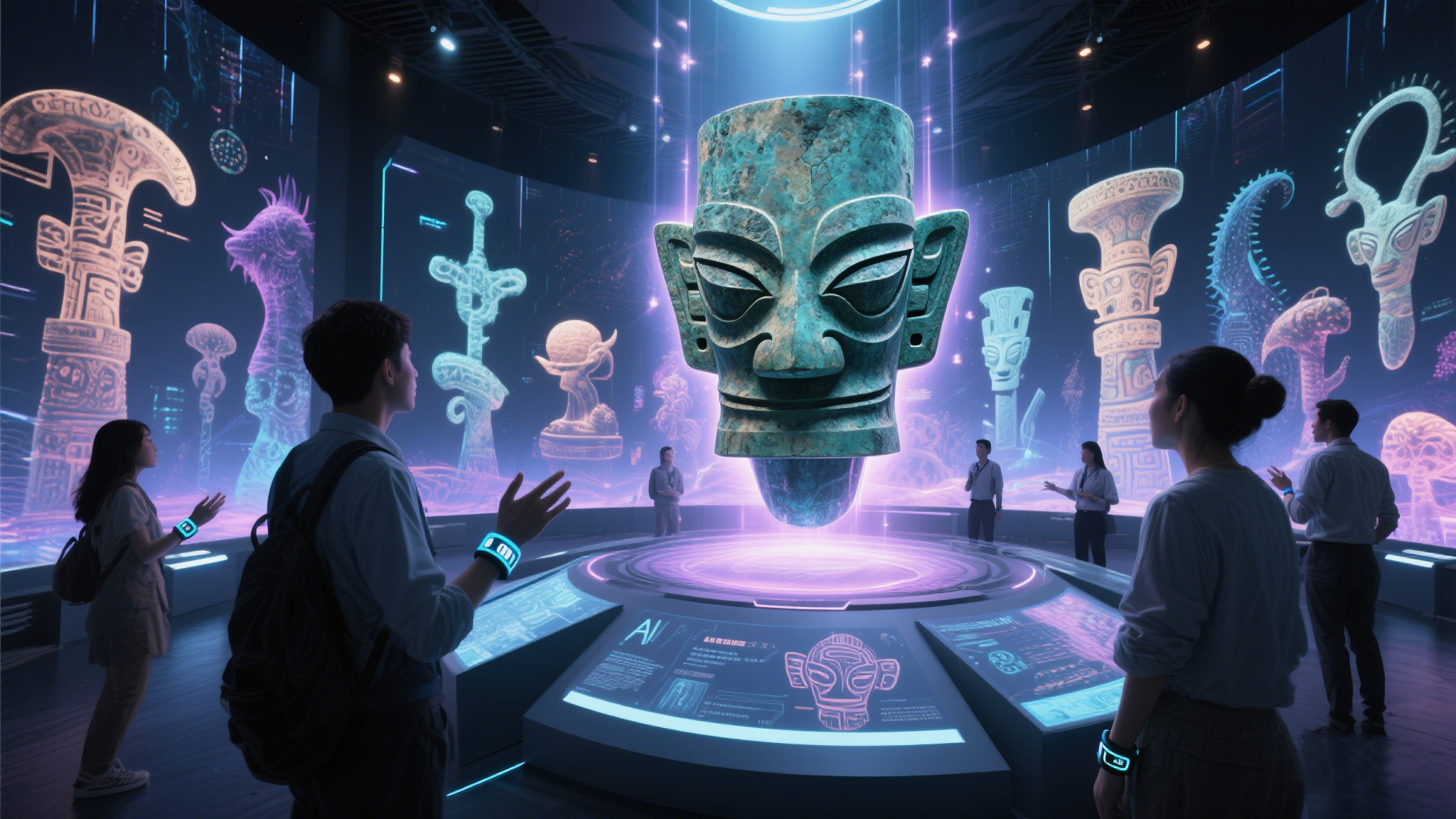Xinjiang: A Multicultural Gem Along the Silk Road
The symphony of nature and history: the marks of civilization in the magnificent mountains and rivers
Xinjiang is renowned for its "three mountains enclosing two basins" topography - the Altai Mountains in the north, the Tianshan Mountains in the middle, and the Kunlun Mountains in the south, encircling the Junggar Basin and the Tarim Basin. This creates a unique spectacle of coexisting glaciers and hot deserts, as well as adjacent deserts and oases. Here lies the lowest point on China's mainland, the Aydingkol Lake in Turpan (-155 meters), and the world's second highest peak, K2 (8,611 meters), as well as the vastness of the Taklimakan Desert and the serenity of Kanas Lake.
The history of this land can be traced back to the Silk Road over 2,000 years ago. Turpan, as a key town on the ancient Silk Road, was once a convergence point for multiple religions including Buddhism, Nestorianism, and Manichaeism. The ruins of Jiaohe and Gaochang, as well as the silk paintings of Fuxi and Nuwa unearthed from the tombs in Turpan, bear witness to the deep integration of Central Plains culture and Western Regions civilization. The incomplete copy of "The Commentary of Zheng Xuan on The Analects" written by the Tang Dynasty teenager Bu Tianshou further attests to the profound influence of the Central Plains' educational system on the Western Regions.
A Cultural Landscape of Multi-ethnic Coexistence: The Beauty of Harmony in Songs, Dances and Festivals
Xinjiang is home to 47 ethnic groups, among which 13 are indigenous. The Uyghur, Kazakh, Mongolian, and Xibe, among others, each have their own distinctive languages, beliefs, and customs, yet they have interwoven and coexisted throughout history. For instance, the Mongolian people call the Spring Festival the "White Festival", celebrating it with toasts and fruit offerings, and all-night dancing and singing; while the Xibe people light long-burning lamps and offer sacrifices to their ancestors and deities on New Year's Eve, preserving their unique New Year traditions.
Multiculturalism is also reflected in the details of daily life: in the International Grand Bazaar, Uyghur vendors enthusiastically promote maren candy and dried fruits, while Uzbek artisans display their handcrafted copperware; on the old streets of Aksu, the eagle dance of the Tajik people and the sound of the dutar interweave, and the aroma of Sichuan spicy food mingles with the smell of Xinjiang kebabs, becoming a vivid portrayal of ethnic unity.
Integration of culture and tourism: From historical relics to rural revitalization
In recent years, Xinjiang has taken the integration of culture and tourism as a key approach, which has not only revitalized cultural heritage but also promoted economic development. The Kucha Wei and Jin Dynasty Ruins Museum uses holographic technology to recreate Han-style tombs, allowing visitors to directly experience the thousand-year connection between the Central Plains and the Western Regions. The Old Street of Aksu combines intangible cultural heritage skills with folk experiences, creating jobs for over 600 people, with an average monthly income of more than 3,000 yuan.
Remote villages have also been rejuvenated by tourism. In Walsidi Village, Taxkorgan, Tajik woman Maiyinuer Guli transformed traditional dwellings into a homestay museum, increasing her annual income from tens of thousands to hundreds of thousands of yuan. In Kumsaiyati, Zhaosu County, a village near the Xiaotai Pass scenic area, local residents have opened farmhouses, attracting tourists with Kazakh cuisine and handicrafts, successfully lifting themselves out of poverty.
A Feast of Gastronomy and Art: A Dual Journey for the Palate and the Soul
Xinjiang is known as the "Land of Fruits and Melons" and a "Paradise of Delicacies". The grapes of Turpan and the Hami melons are renowned for their sweetness, while the roasted whole lamb, pilaf, and large plate chicken embody the fusion of nomadic and agricultural cultures. In the leisure town of Urumqi, the aroma of Sichuan hot pot and Xinjiang kebabs wafts through the streets together, reflecting the collision and embrace of Eastern and Western culinary cultures.
Art is the soul of Xinjiang. The melodious tunes of the Twelve Muqams, the cheerful dance steps of the Masilipu, and the recitation of the epic "Manas" of the Kyrgyz people all demonstrate the splendor of ethnic art. The Kucha music and dance of Aksu and the Kazakh Akyn singing and playing in Yili have been rejuvenated through tourism performances and have become bridges for cultural dissemination.
Conclusion: Xinjiang, an Endless Dialogue of Civilizations
From the camel bells along the Silk Road to the Belt and Road Initiative, Xinjiang has always been at the forefront of cultural exchanges. Here, there is both the vastness of "a solitary wisp of smoke rising straight from the desert" and the warmth of "grapes and fine wine in a luminous cup at night"; there is both the weight of ancient city ruins and the vitality of rural revitalization. Just like the thousand-year-old schoolchildren's poems copied in the Turpan manuscripts, the story of Xinjiang is always being written - between snow-capped mountains and oases, between tradition and modernity, inviting the world to a grand feast of diverse cultures.
Sure, please provide the text you would like translated into English.
This article integrates information from various aspects of Xinjiang, including geography, history, ethnicity, and cultural tourism cases. The main references are drawn from authoritative reports on cultural heritage protection (7), rural revitalization practices (5), folk festivals (3), and cultural tourism integration projects (48).
















